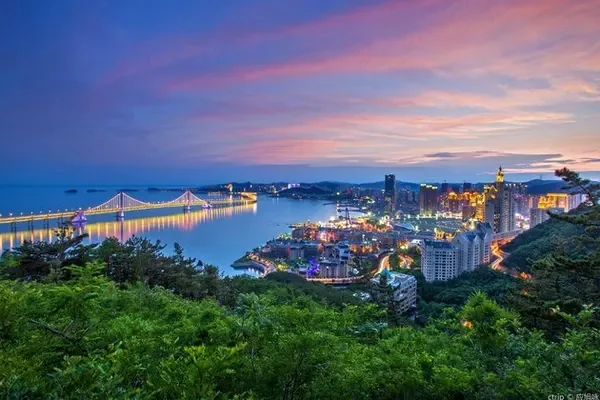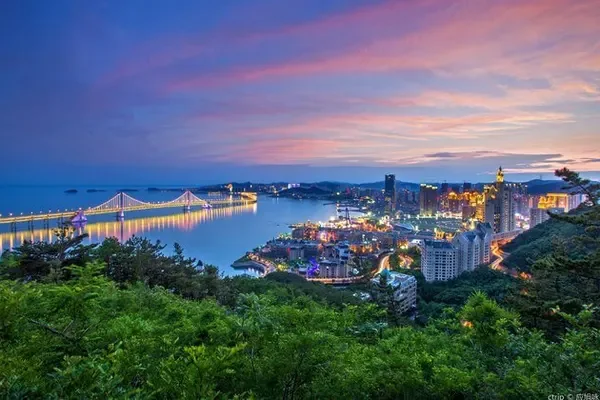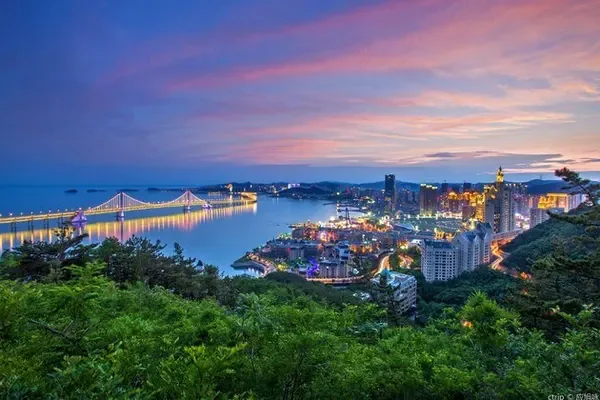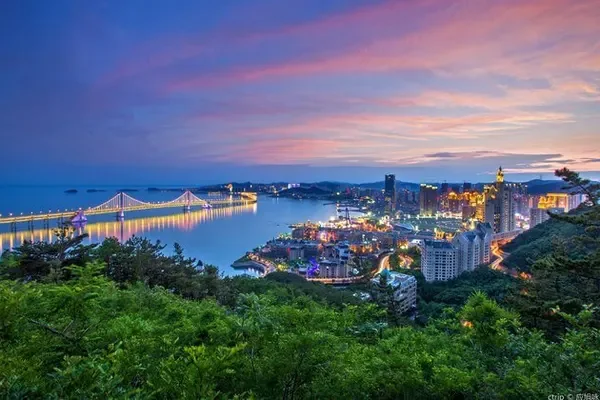Let's take care of the equipment for the 20-day self-driving in Tibet. What kind of items did you bring in the car?
Contains the following: (excluding snacks and personal items)
A full trunk, stuffed a lot

1, tires
First of all, after confirming the final departure time, one week in advance, the original four tires are replaced to reduce the tire problems that will be encountered along the way.
The tires before replacement have run 35,800 kilometers. We also keep two old tires for daily replacement in the future. The other two have been repaired and are not going to be kept.
If there is enough space, it is best to carry a spare tire in the car. (After all, on this road, I am most worried about the tires. After a tire blows out, I will be left on the mountain or in no man’s land in a dilemma. Haha, all kinds of brain supplements)

2, snow chain
There are also various strategies for September and October. On the Sichuan-Tibet or Qinghai-Tibet line, there will be occasional snowfall, and snow chains must be prepared.
I used to think that anti-skid chains were hard and thick iron chains, but this time I increased my knowledge and released a portable and simple tie rope, which is more suitable for us who go out on our own.
It is true that there was snow during the itinerary, but we were lucky to avoid it. On Zheduo Mountain, it snowed heavily two days before our departure, and it was successfully opened to traffic the day before. There is also a section of the Qinghai-Tibet line that is always minus 5,6°, and there is no snow.

3, portable table
The journey into Tibet will take a long time, and when you power up and eat in the middle, you need a portable table. It is very convenient to find a place with beautiful scenery for a rest or to meet fellow villagers for a meal and a cup of tea.
You should also bring a chair, preferably one that is very small, light, and strong when folded. We forgot to bring it this time, and the trunk can’t hold too many people, so that everyone can’t gather around for dinner, and when they get tired from standing, they can only sit back in their respective seats.

A lonely table outside, lol

4, Customized 15m charging cable
The air-conditioning socket can achieve a charging effect of 21A, which is comparable to a home charger. (This time because the time is very tight, it is basically not used but be prepared)
During the itinerary, we tried to charge ourselves in the Tingri Hotel by plugging it into the air-conditioning socket, because the higher the altitude, the longer the charging time will be. The 84A old 8 takes 12 hours to fully charge, basically sleeping for one night, but in our night In Tingri, when we depart in the early morning, the car is not fully charged. When we drive to the base camp of Mount Everest, we need to fully charge the battery in Tingri County before we start. It takes two and a half hours to drive from Tingri County to Mount Everest Base Camp, and then return to Tingri County for two and a half hours from Mount Everest Base Camp to recharge.
Therefore, if you can reserve one more day for charging, you can save yourself a lot of worry.

5, 500W power supply,
Electric pressure cookers for cooking, car refrigerators and oxygen generators on the road are all driven by it alone.
It is still very convenient, and basically we will take it back to the hotel every night to replenish the electricity.

6, 15 liters car and home refrigerator
The lowest temperature can reach 20° (depending on the weather, generally no problem, it cannot be reached in summer)
This is a car that has been bought at the beginning of the year and is cost-effective. The key 15-liter capacity is enough to meet daily consumption.
Before departure, we prepared many bags of dumplings, cooked beef, and washed rice in the refrigerator for later cooking porridge. I ate it until I took the Qinghai-Tibet line, and I would add various cold drinks in it on the way.

7, 2.8 liter electric pressure cooker
4 big and one small are enough (generally cooking and cooking, so that one meal can be done at a time, saving time)
The disadvantage is that the power is too small, 230w, it takes 45 minutes to cook.
In plateau areas, food must be cooked in a pressure cooker in order to be cooked. I like to eat noodles every time I am in the store. But the noodles ordered are also cooked in a pressure cooker, which will be relatively stiff.

8, oxygen generator
It is easy to use, equipped with a few oxygen bags, you can breathe for a while in the car or in the hotel at night.
However, I still haven’t inhaled oxygen during the whole process, and I will occasionally have a headache (eating a piece of ibuprofen is fine). If I feel slightly uncomfortable, it is recommended not to inhale oxygen, as it will be addictive and dependent; if the discomfort is strong, inhaling oxygen for half an hour will make you feel more comfortable .


9, gas stove with pot
It is used to cook dumplings, and the cooking time should be a little longer, so as not to be cooked. At first I used an electric pressure cooker to cook the dumplings and they all got mushy.

pot


This plate is usually used to prepare steaks for outdoor activities.

Afraid that the dumplings are too bland, add some vegetables for nutrition.

Various vegetables can also be added to rice.

10. Disposable paper bowls
Bought 50 sets and basically used up all of them.

11. Electric kettle
Folding is convenient for travel, boil water in the hotel in the morning and pour it into a thermos for use on the road.

12. Thermos bottle
It is necessary to check the insulation effect before departure and test the insulation degree for 24 hours. We have replaced it once after we bought it.
On the road, people drink less water, because they bring their own thermos cups, and more drink mineral water, most of which are used to cook rice and dumplings.

13. Vehicle-mounted electric mosquito coils
Mosquitoes like me very much, so I am basically the one who gets bitten in the car, so it is a must-have in summer, but now it is not so useful when it is cold.

14. Car humidifier
It is a must for entering Tibet. After staying in the car for a long time, the air is really too dry. After entering Tibet in Chengdu, there were blood clots in the nose all the time, and it was hard to breathe. My lips were puffed up, and lip balm didn't help. The only thing I could do was drink plenty of water and eat fruits. I can’t wait to move a big humidifier, haha.

It is also necessary to release various other gadgets and flashlights that are useless.
Self-driving travel is to enjoy the beautiful scenery along the way, a pair of eyes to discover beauty
What to bring depends entirely on the driver.
Just for reference, thanks.



